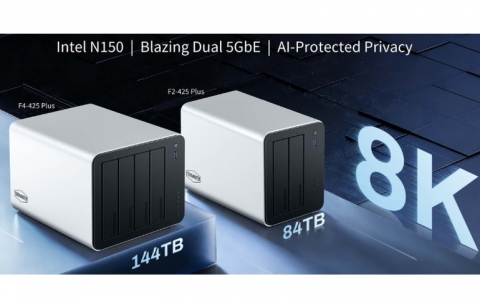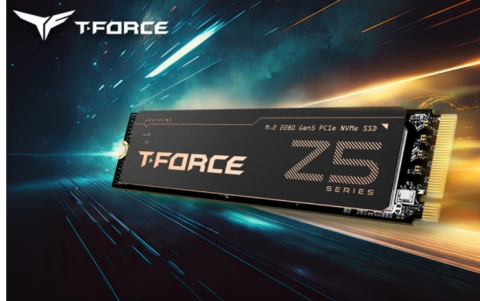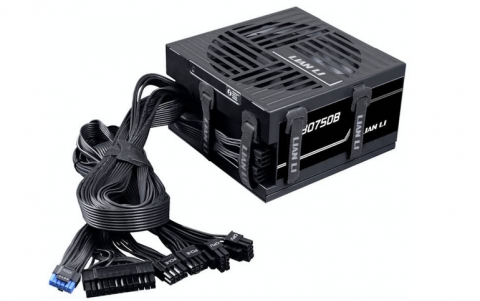
Sony's Cell chip to battle NVidia and Intel?
IBM's design services unit has begun promoting the new Cell microprocessor, developed together with Sony and Toshiba, to potential users outside of the consumer electronics industry in which the chip is likely to first appear.
IBM Engineering & Technology Services will offer companies looking to use the processor help in designing Cell-based hardware and systems, it said Wednesday. Cell was developed by the three companies and Sony-unit Sony Computer Entertainment Inc (SCEI) as a high-power processor particularly suited to graphics applications and has been described by the development partners as a "supercomputer on a chip."
Cell is perhaps currently best known as the chip that will form the heart of SCEI's successor to the PlayStation 2 game console and both Sony and Toshiba have also talked about using the chip in a range of video-related consumer electronics products, such as televisions. IBM E&TS said Cell will especially target applications in which graphics processing is important, including those in the aerospace, defense, industrial or medical segments.
Customers will be able to access a Cell software simulation environment through IBM's Deep Computing Capacity on Demand Center.
Despite its roots in the consumer gaming world, at least one industry insider thinks Cell could provide some competition for established processors in such industrial applications.
"Some of the architecture of the Cell came from IBM's networking group," said Kevin Krewell, editor of Instat/MDR's Microprocessor Report. "There's a good amount of similarities between high-processing network processors and Cell. With a few changes I could see it being used in networking applications. Also, if you look at 3D image processing there's a lot of parallels there."
The chip is likely to provide competition for general processor makers like Intel and also graphics processor specialists like NVidia and ATI, he said.
One possible worry for would-be users is supply of the chips, said Krewell. After SCEI launches its next-generation PlayStation there could be a danger that the game console pulls all or most of the chips produced, leaving others to fight for remaining chips. He cited some problems IBM has had supplying processors to Apple for use in Apple's computers. However, he noted that Cell production would be handled by all of the development partners and not just IBM alone, so supply may be enough to meet all demand.
Cell is perhaps currently best known as the chip that will form the heart of SCEI's successor to the PlayStation 2 game console and both Sony and Toshiba have also talked about using the chip in a range of video-related consumer electronics products, such as televisions. IBM E&TS said Cell will especially target applications in which graphics processing is important, including those in the aerospace, defense, industrial or medical segments.
Customers will be able to access a Cell software simulation environment through IBM's Deep Computing Capacity on Demand Center.
Despite its roots in the consumer gaming world, at least one industry insider thinks Cell could provide some competition for established processors in such industrial applications.
"Some of the architecture of the Cell came from IBM's networking group," said Kevin Krewell, editor of Instat/MDR's Microprocessor Report. "There's a good amount of similarities between high-processing network processors and Cell. With a few changes I could see it being used in networking applications. Also, if you look at 3D image processing there's a lot of parallels there."
The chip is likely to provide competition for general processor makers like Intel and also graphics processor specialists like NVidia and ATI, he said.
One possible worry for would-be users is supply of the chips, said Krewell. After SCEI launches its next-generation PlayStation there could be a danger that the game console pulls all or most of the chips produced, leaving others to fight for remaining chips. He cited some problems IBM has had supplying processors to Apple for use in Apple's computers. However, he noted that Cell production would be handled by all of the development partners and not just IBM alone, so supply may be enough to meet all demand.





















